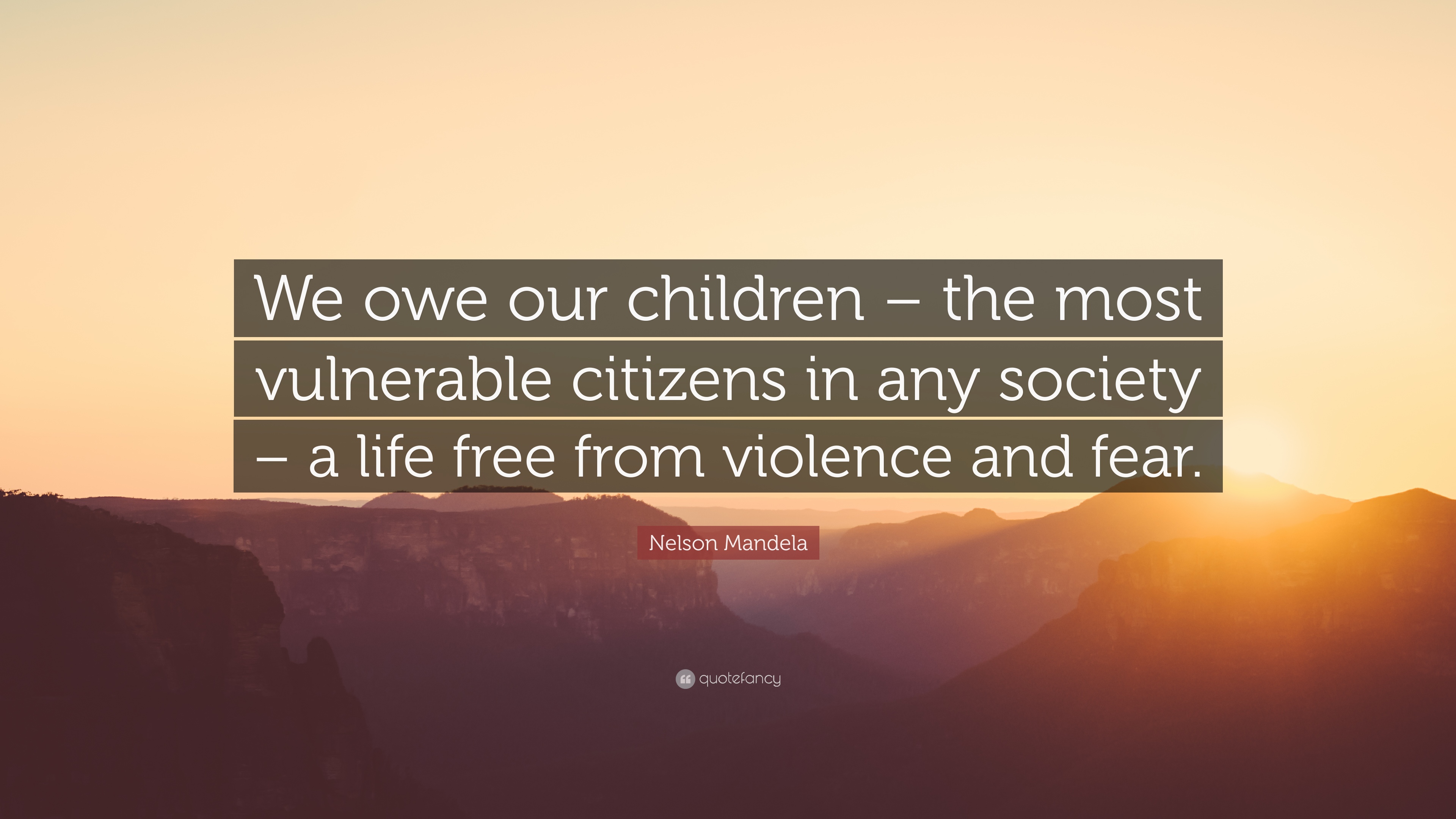Society disapproves of fearful children, and typically blames mothers.

Children have many fears, not least of which are vicious monsters living under their bed. Should parents provide their kids with a night light to help them cope, or leave them alone in the dark to toughen them up? Opinions vary among educators, families and psychologists.
There’s a long-standing belief that children must be taught not to fear things. Parenting guides from the 1950s and 1960s argued that a fearful child was an embarrassment; fears were thought to prevent children from growing into healthy, independent adults.
In turn, parents had the responsibility to help their children overcome their fears. But when they failed, mothers often came under fire.
For example, in the first half of the twentieth century, it was widely believed that overly gentle and protective mothers would lead children to become shy, fearful and lonely. This was particularly unacceptable when it came to young boys, whose mothers were accused of emasculating them.
Shyness and fearfulness weren’t the only “flaws” that mothers were blamed for. In 1941, psychologist Adelaide Chazan argued that children who refused to go to school were psychologically ill. The cause of this illness lay with the laxity, dependency, protectiveness and instability of the mother.
But as more and more mothers began to work in the 1950s, educators came to recognize the value of maternal protection. Their subsequent worry was that children left alone by their mothers would grow up fearful. New parenting guides such as Home and Children insisted that mothers were to stay by their child’s side for their first five years of life.
So, whether they left their children alone or remained highly protective of them, mothers would be blamed for a fearful child either way..jpg)